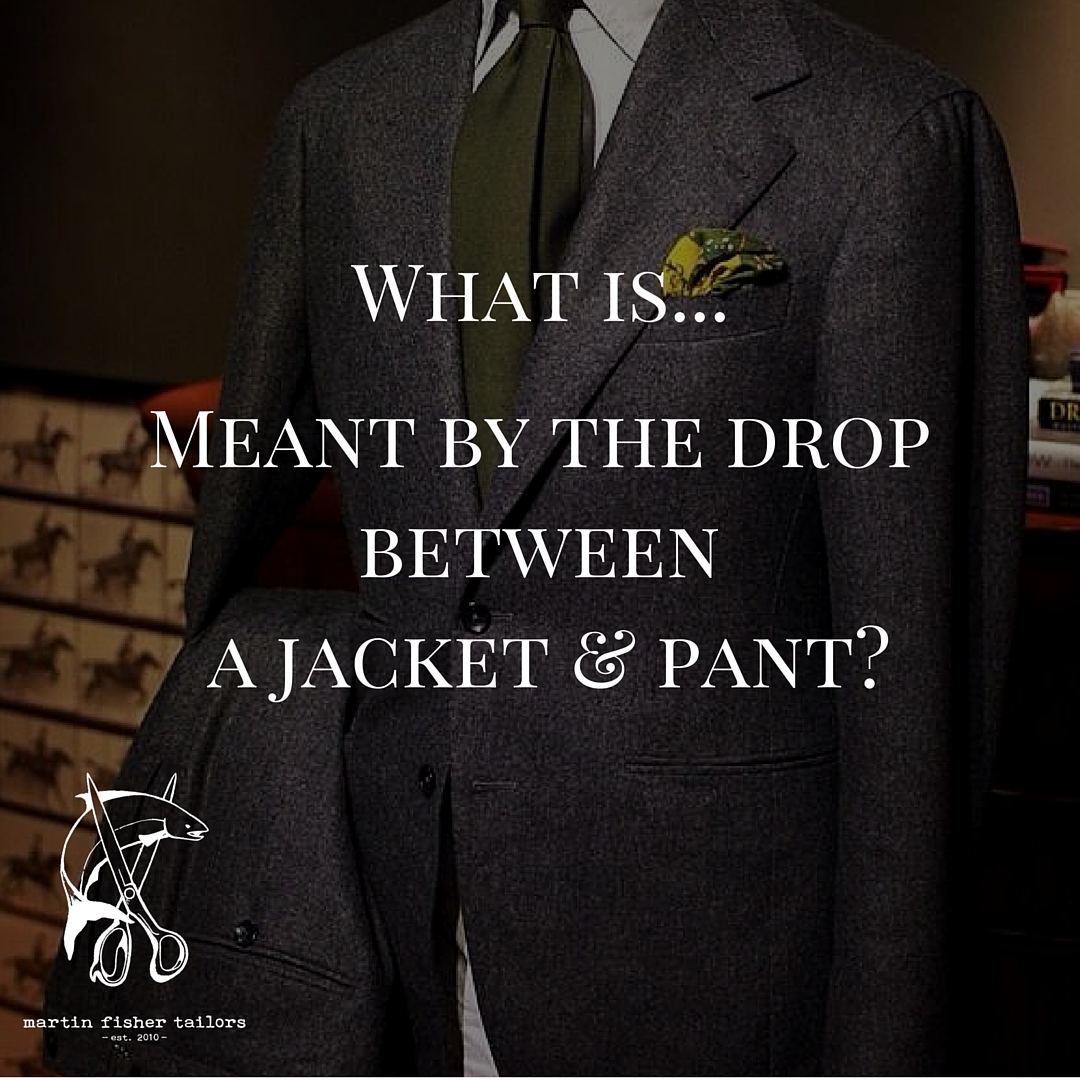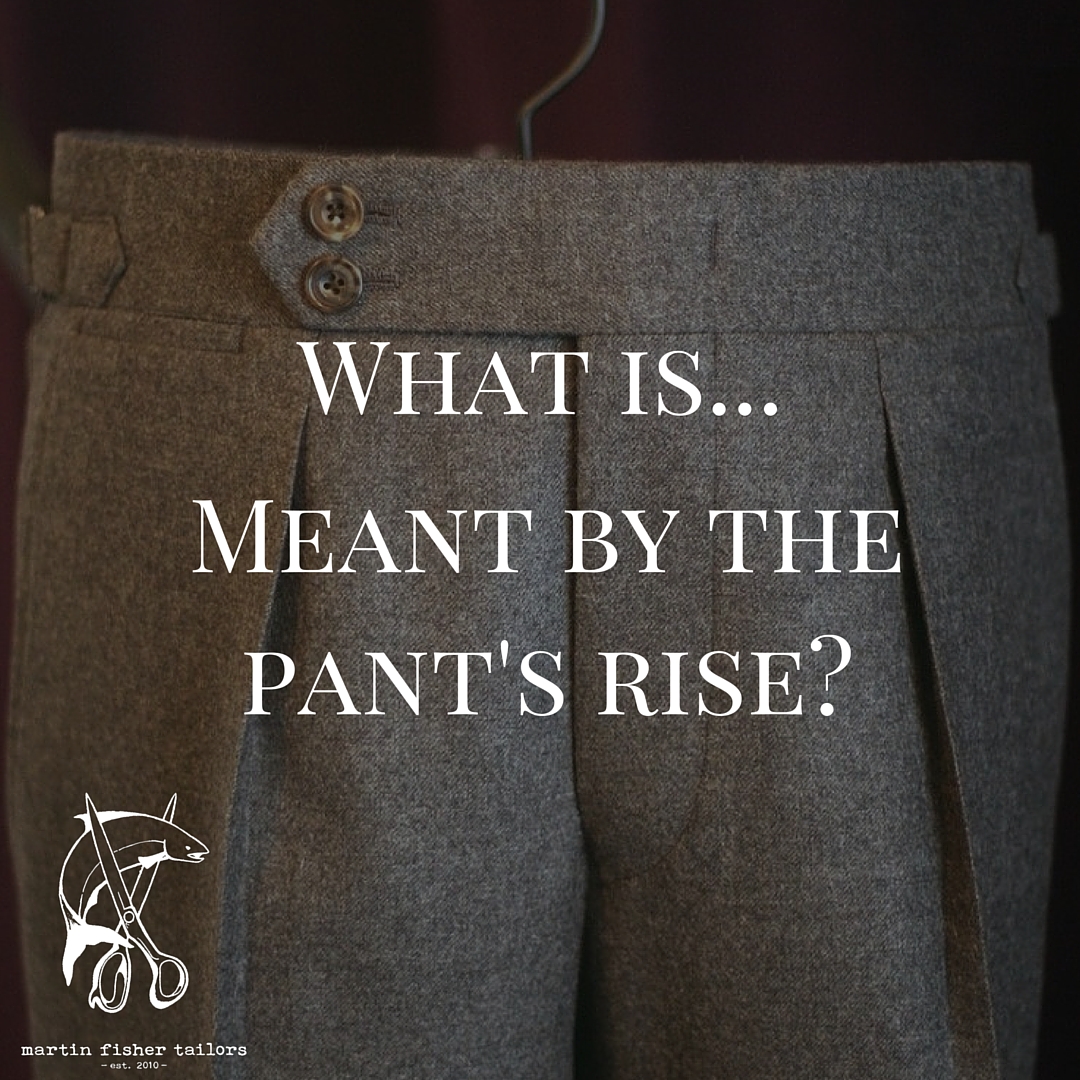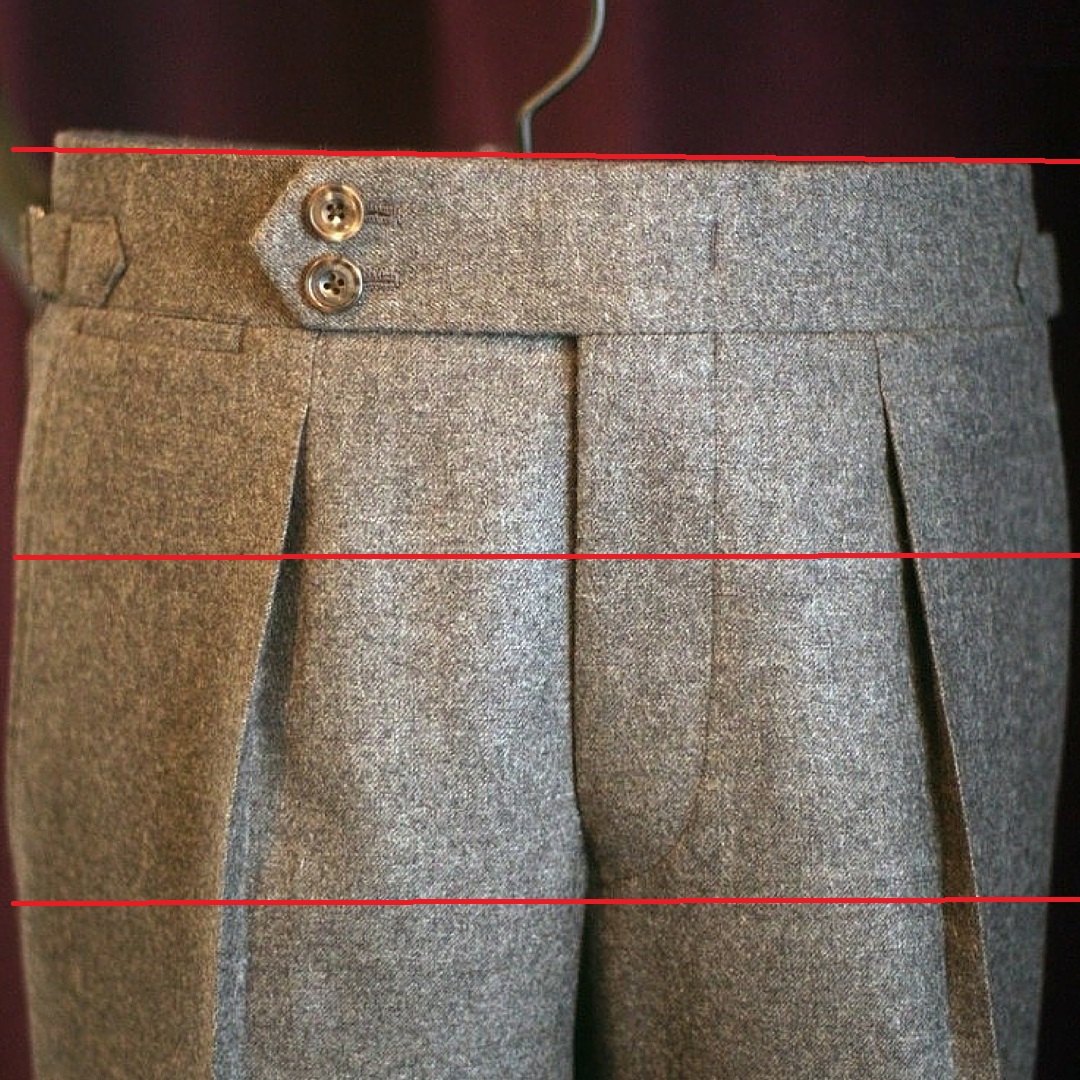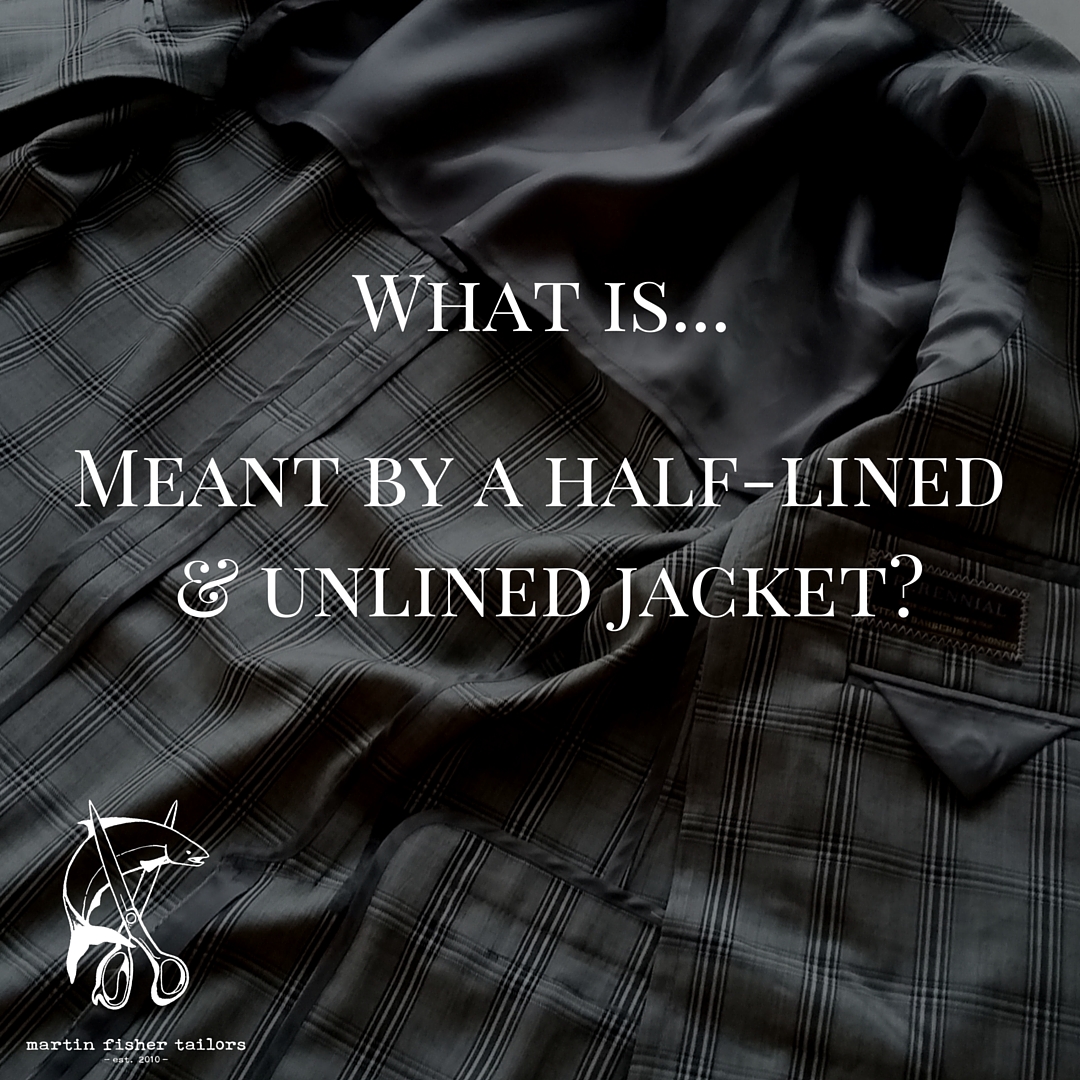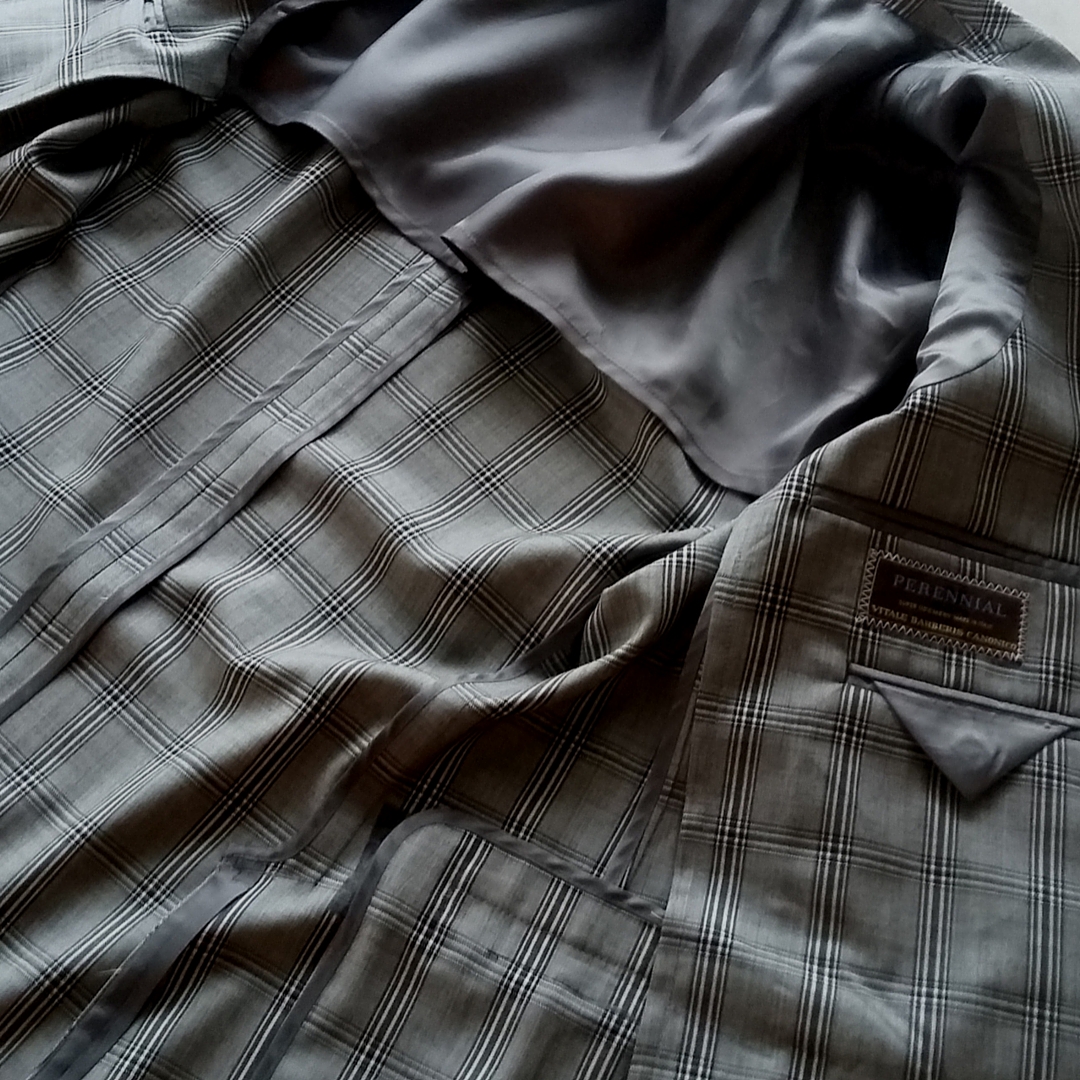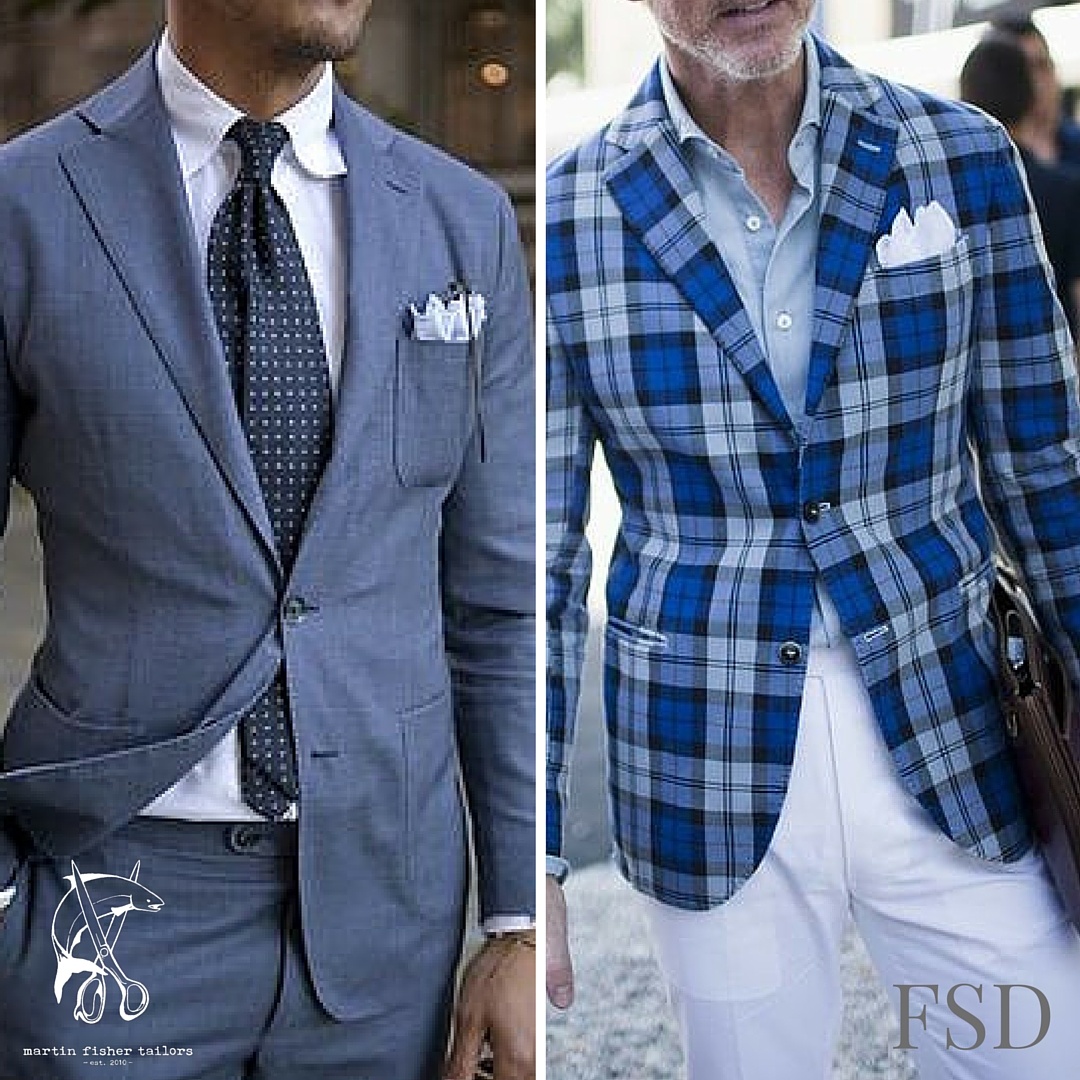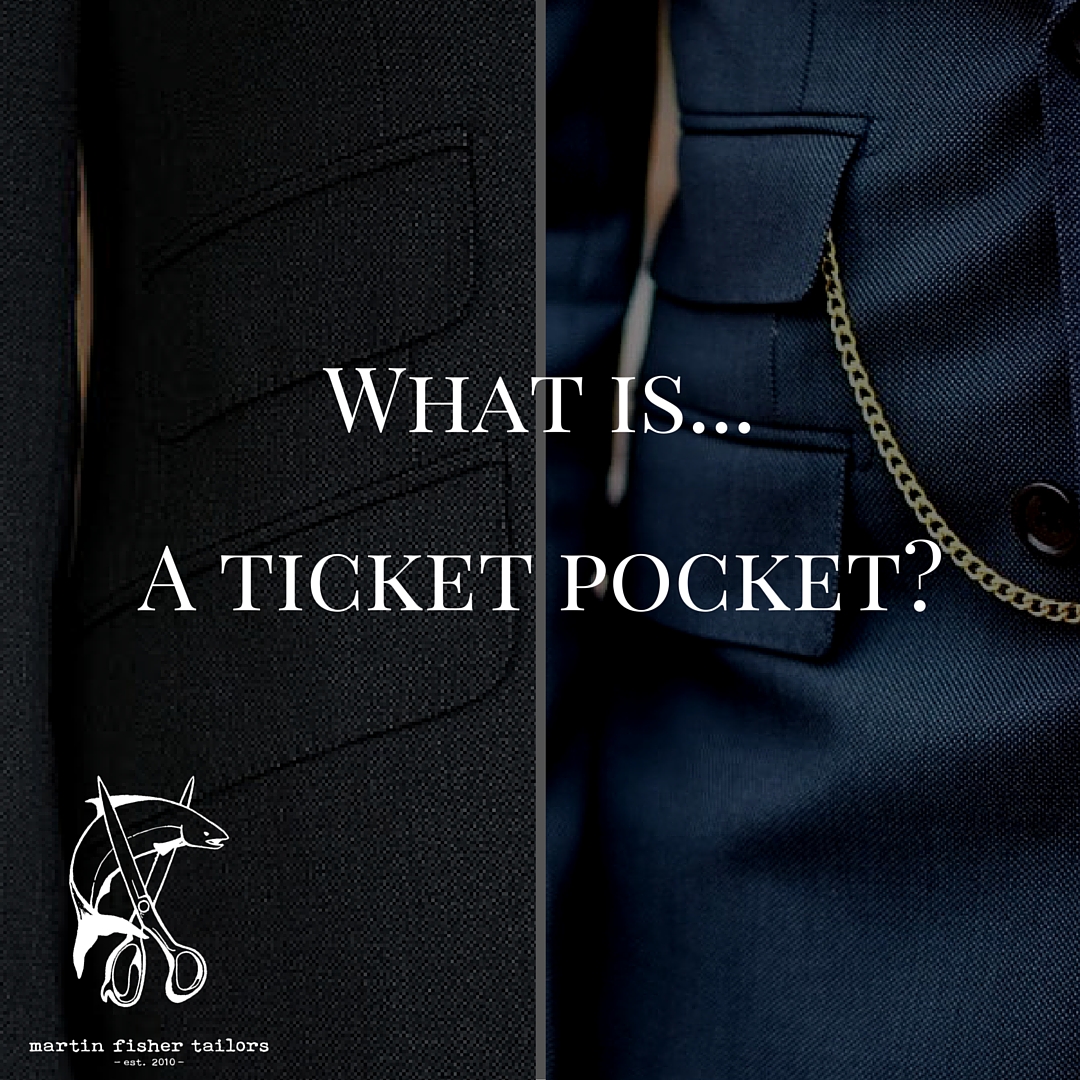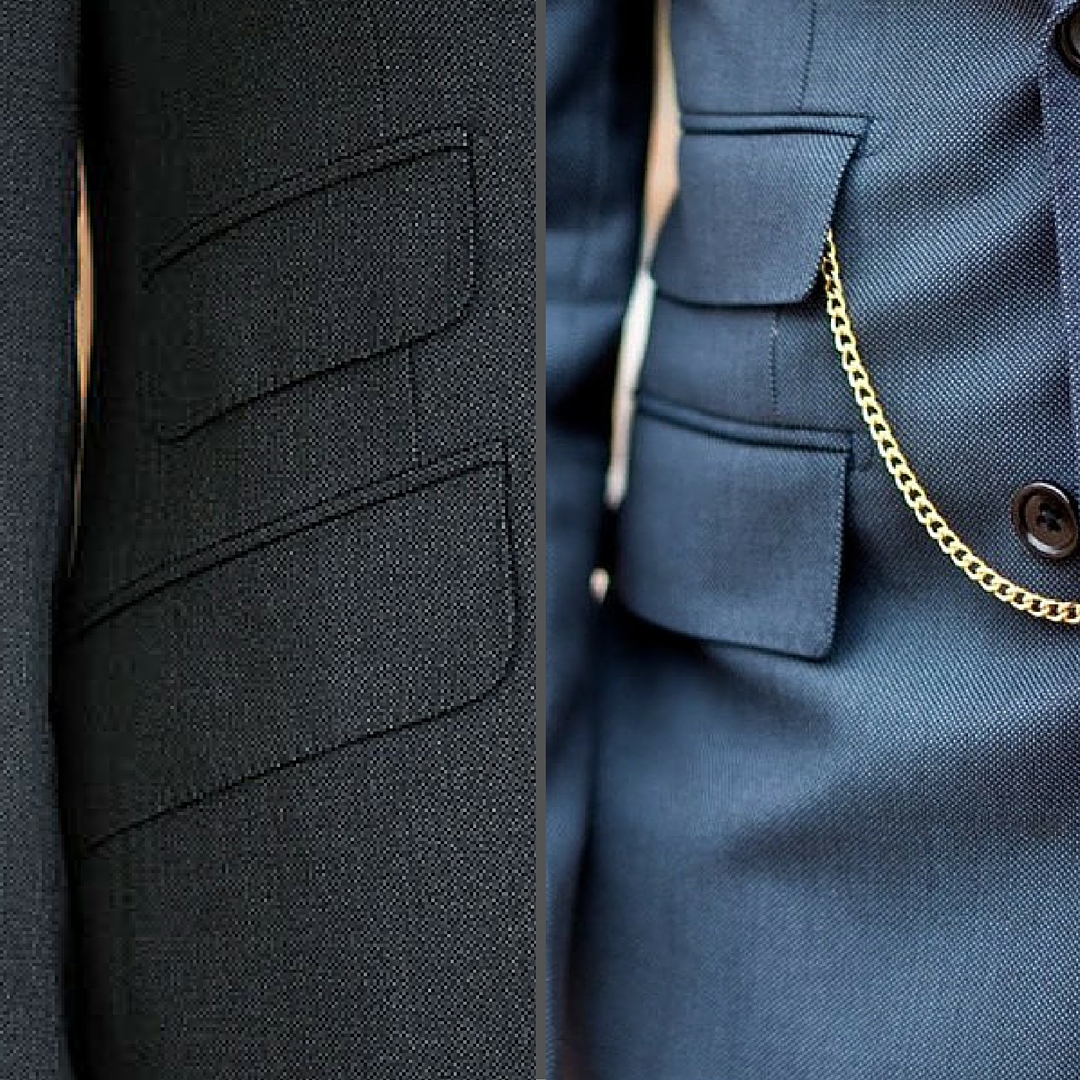What is Wednesday.
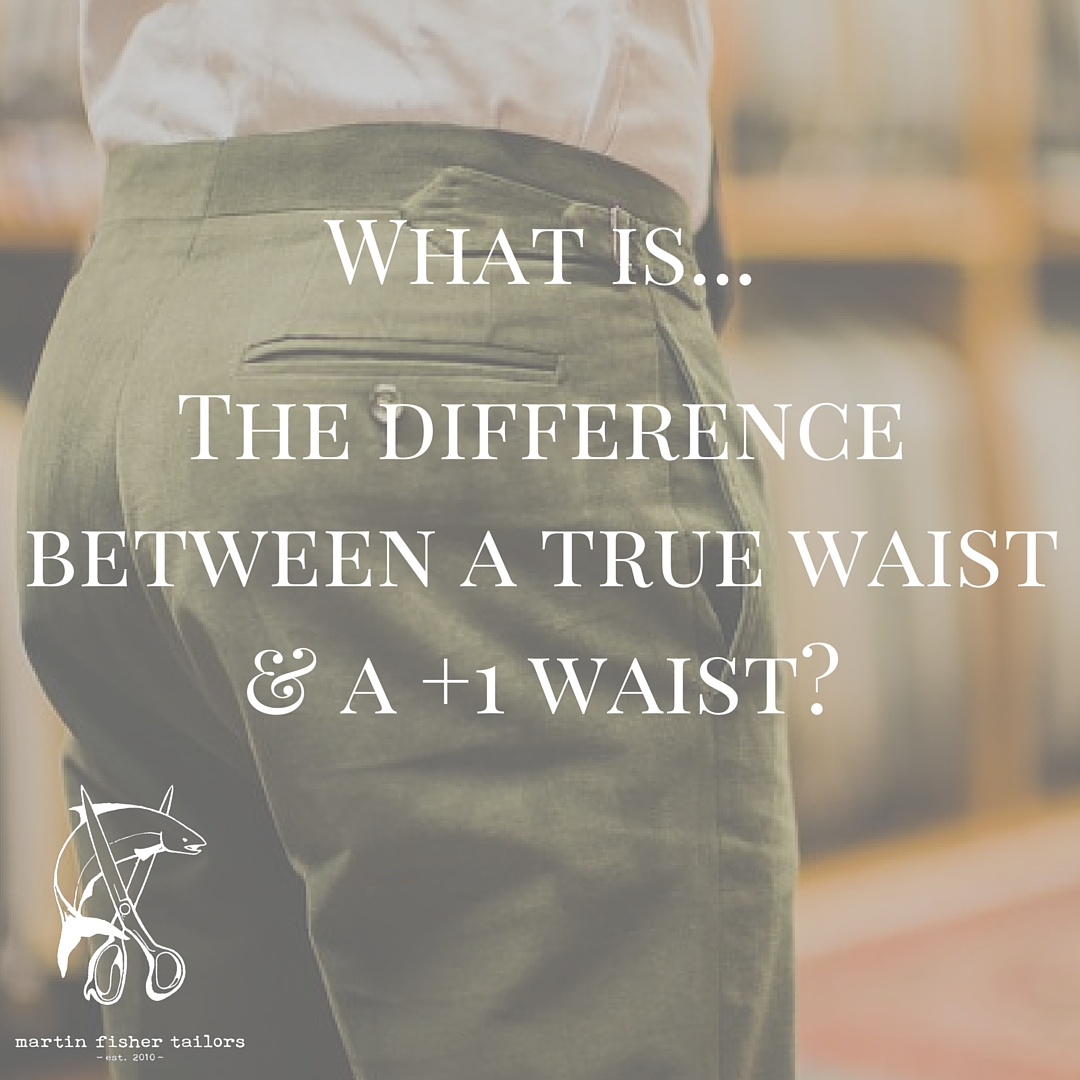
This weekly What is Wednesday post is aimed at answering some of the more basic and critical aspects of tailoring and the terminology we use to describe them. It stems from realizing that I’m constantly throwing out different terms with my clients and quite often they’re unsure as to what I exactly mean. The goal of this section then is to alleviate this terminology gap and provide you with some know-how to talk tailoring with a little more ease.
What is…the difference between a true waist and a +1 waist?
This is simply a discussion about vanity sizing. I’ll start with the true waist – if it says the waist is 34″ then that is exactly what it will measure. A +1 waist is where the vanity comes in – it will say the waist is 34″ but in reality it will in fact measure 35″. Simple enough – or is it?
It’s not simple at all. When you’re out buying off-the-peg clothes you are never told – be it on the label or from salespeople – if it’s a true waist or a +1 scenario. In fact in certain scenarios – particularly with jeans – that +1 will increase all the way up to +2″. This is why it’s critical to always try on clothes to make sure the fit is totally to your satisfaction. The other option of course is to simply visit a tailor who will always make your clothes with a true waist – plus a little ease of course. More on that subject next week.
As always I’d love to hear your opinions on this or any sartorial subject for that matter. Better yet book a free appointment and we can banter in person and see if we might be a good fit to work together.
Take care – Michael
info@martinfishertailors.com


